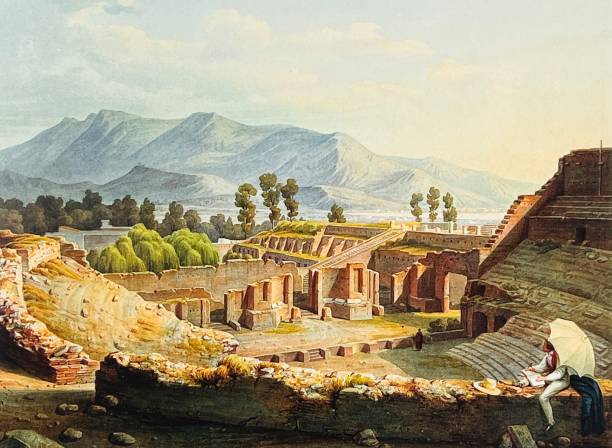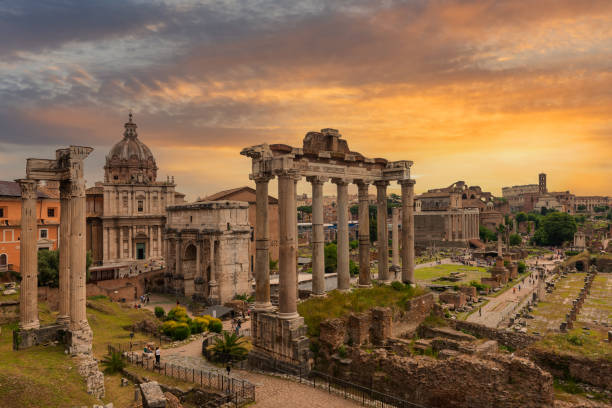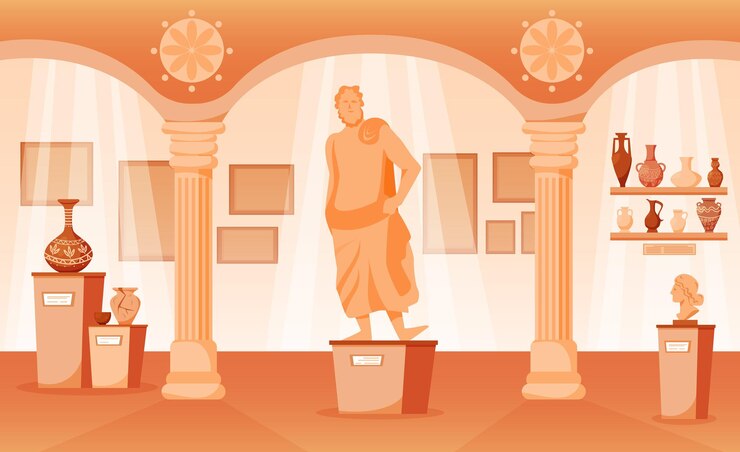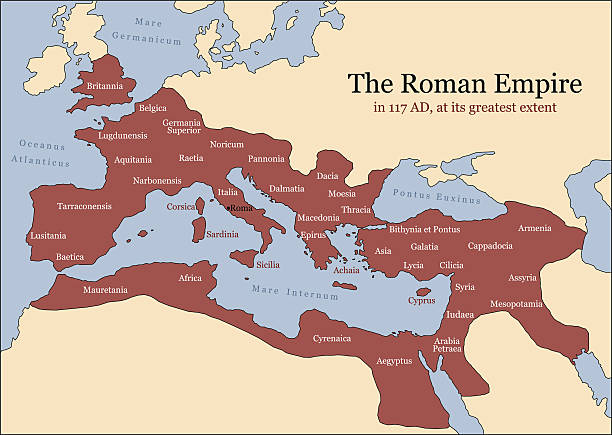Roman Empire
In the vast tapestry of human history, few civilizations have left as lasting an imprint as the Roman Empire. From the heights of power and influence to the depths of decline and fall, the story of Rome is one of triumph and tragedy, glory, and conquest. In this essay, we will delve deep into the annals of time to unravel the complexities of this ancient civilization, spanning over 5000 words to provide a comprehensive overview of its rise, reign, and eventual demise. Join us on this journey through the corridors of history as we explore the grandeur and legacy of the Roman Empire.

The Rise of Rome: A Civilization Emerges
The story of Rome begins in the mists of antiquity, with its legendary foundation by Romulus and Remus. From humble beginnings as a small village on the banks of the Tiber River, Rome grew into a powerful city-state, expanding its influence through military conquest and strategic alliances. The Roman Republic was born, with a system of government based on checks and balances, and citizens’ participation in civic life. The Punic Wars with Carthage, the conquest of Greece, and the expansion into Gaul and Britain marked the zenith of Roman power, as the Republic transformed into an empire.

The Pax Romana: A Time of Peace and Prosperity
Under the rule of Augustus, the first Emperor of Rome, the empire experienced a period of relative peace and stability known as the Pax Romana. Infrastructure projects like roads, aqueducts, and public buildings flourished, connecting the vast territories of the empire and fostering trade and commerce. The arts and culture thrived, with poets like Virgil, historians like Livy, and philosophers like Seneca leaving a lasting legacy. The Roman law and administration system became a model for later civilizations, shaping the course of Western civilization.

The Decline and Fall: The Twilight of an Empire
However, the seeds of decline were sown within the very fabric of the Roman Empire. Economic crises, political corruption, and military overreach weakened the empire’s foundations, leading to internal strife, usurpations, and civil wars. The invasion of barbarian tribes like the Visigoths, Vandals, and Huns further destabilized the empire, culminating in the sack of Rome in 410 AD by the Visigoth King Alaric. The final blow came in 476 AD when the last Roman Emperor Romulus Augustulus was deposed by the Germanic chieftain Odoacer, marking the official end of the Western Roman Empire.

Legacy of Rome: Echoes of an Empire
Although the Western Roman Empire fell, the legacy of Rome endured through the Eastern Roman Empire, known as the Byzantine Empire, which continued to thrive for another thousand years. The Roman legal system, language, architecture, and engineering innovations influenced later civilizations, from the Holy Roman Empire to the Renaissance and beyond. The Latin language evolved into the Romance languages, while Roman engineering marvels like the Colosseum, Pantheon, and aqueducts stand as enduring testaments to the empire’s architectural prowess.
Conclusion: The Enduring Aura of Rome
In conclusion, the Roman Empire remains a towering figure in the annals of history, a civilization that rose to dizzying heights of power and prestige, only to crumble under the weight of its own excesses and contradictions. From the birth of democracy to the specter of tyranny, from the grandeur of the Forum to the blood-soaked sands of the Colosseum, Rome’s legacy continues to captivate and inspire generations of scholars, artists, and historians. As we look back on the ruins and relics of this once-mighty empire, we are reminded of the impermanence of human endeavors and the enduring spirit of resilience and innovation that defines us as a species.
So, why did the Roman Empire fall? The reasons are manifold, from internal corruption to external invasions, but ultimately, the lesson of Rome is that no civilization, no matter how grand, is immune to the forces of change and decay. As we reflect on the rise and fall of Rome, we are forced to confront our own mortality and the fragility of human achievements. Yet, in the ruins of empires past, we also find the seeds of renewal and rebirth, as the cycle of history continues to turn, shaping the destiny of nations and peoples. The ghost of Rome still haunts us today, a reminder of the heights of glory and the depths of hubris that define the human experience. Let us learn from the lessons of history and strive to build a future that honors the legacy of Rome, while avoiding the mistakes that led to its downfall. In the end, it is not the grandeur of empires that endure, but the ideals and values that they represent, the echoes of a distant past that resonate in the present and guide us toward a more enlightened and humane future.
Remember: All roads lead to Rome, but it is up to us to choose the path that leads to a brighter tomorrow. The legacy of Rome lives on, not in the ruins of its empire, but in the hearts and minds of those who seek to learn from its triumphs and tragedies, its glory and its shame. The specter of Rome beckons us to heed its lessons and honor its memory, as we march boldly into the unknown future, guided by the flickering light of ancient wisdom and timeless values. Long live Rome, in our hearts and minds, in our dreams and aspirations, as a beacon of hope and a testament to the enduring power of human civilization.

